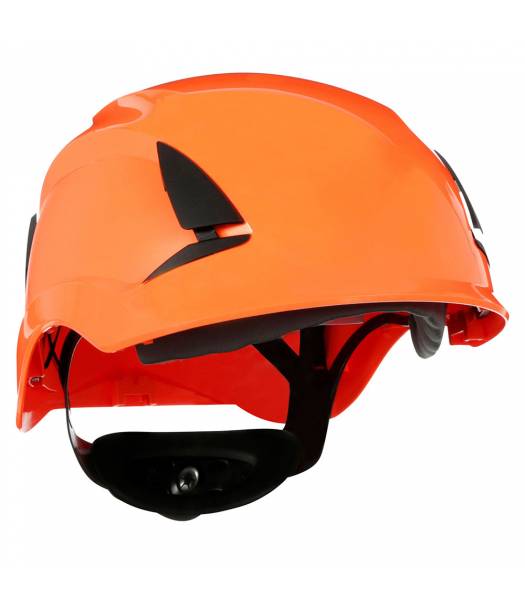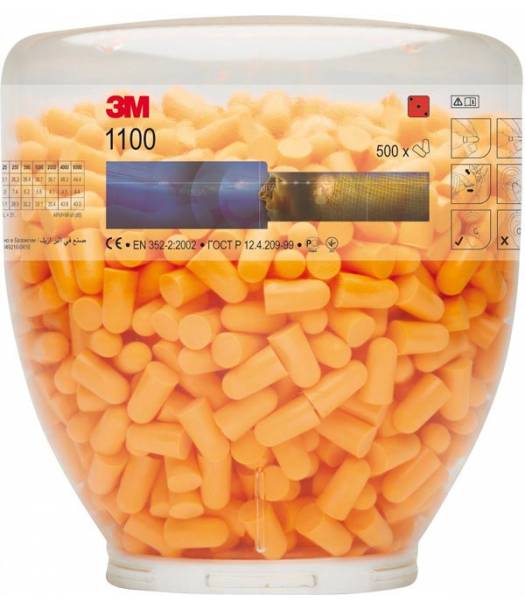
| 140 dB | Pain Threshold |
| 130 dB | Jet Takeoff |
| 120 dB | Jet Running |
| 110 dB | Concert/Civic act |
| 100 dB | Electric Drill |
| 90 dB | Traffic |
| 80 dB | Train |
| 70 dB | Vaccum Cleaner |
| 50/60 dB | Crowd of People |
| 40 dB | Conversation |
| 20 dB | Library |
| 10 dB | Quiet Breathing |
| 0dB | Threshold of Hearing |
The ear: Easy to Damage - Easy to Protect
Measuring Noise
Noise hazard depends on the level (sometimes called intensity) of the noise, its duration, and how often the exposure occurs. The point above which regular exposure to sounds becomes hazardous is a level of about 85 decibels (abbreviated dB, or sometimes dBA which is the value that more closely corresponds to human hearing). Noise is measured using a sound level meter.
You Don't Get "Used to Noise"
Noise does not have to be uncomfortably loud, or even painful, to be damaging. You may think your ears are "used to the noise," but what has probably happened is that your hearing has been temporarily dulled or that hearing loss has already begun.
A Rule of Thumb
When you feel the need to shout in order to be heard three feet away, the noise levels are probably 85 dBA or more and hearing protectors are recommended.
Using Your Ears to Assess Noise Risk
If, after the noise stops, you notice a ringing, buzzing, or whistling in your ears that wasn't there before, this is a warning indicator. Called tinnitus, this is like a "sunburn" of the nerve cells of your inner ear, indicating that they have been irritated and overworked. Tinnitus is especially noticeable in a quiet place, such as when you are trying to go to sleep at night. If you don't protect your ears from noise, tinnitus can become a permanent, constant annoyance in your life.
Apparent muffling or softening of sounds after noise exposure is a warning sign that your hearing is affected by a temporary threshold shift. Repeatedly exposing your ears without protection can cause the shift to worsen and become permanent, resulting in untreatable damage to your hearing ability.
100% Usage
Damage to hearing depends not only on the actual noise level but also exposure time. Thats why 100% usage is critical in noisy environments if you are to get the protection that the chosen hearing protector provides. Choose a comfortable hearing protector that suits you and your needs.



Gives the expected protection.
Just five minutes's carelessness per day sifnificantly reduces the effect of the hearing protector.
Virtually no protection.





